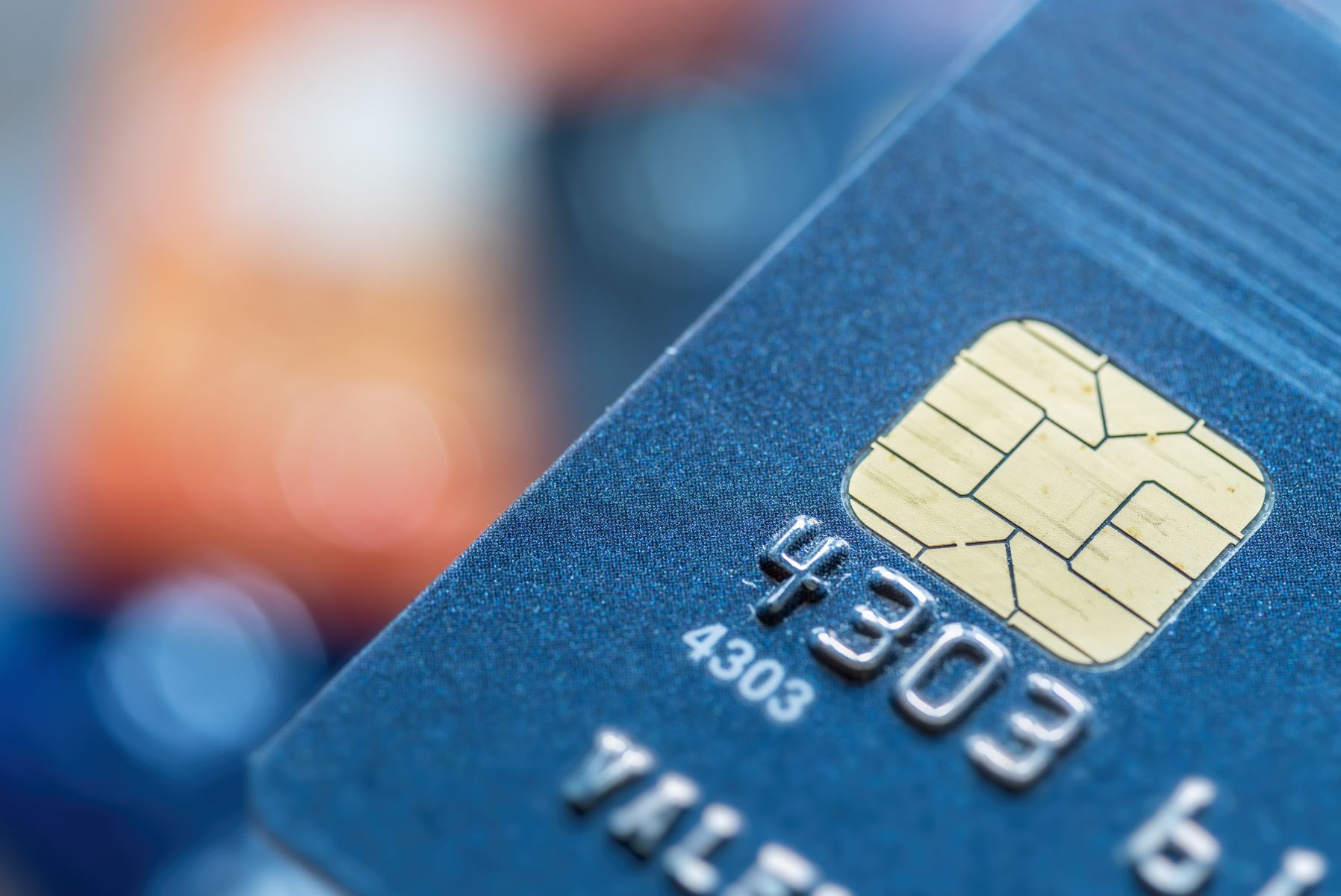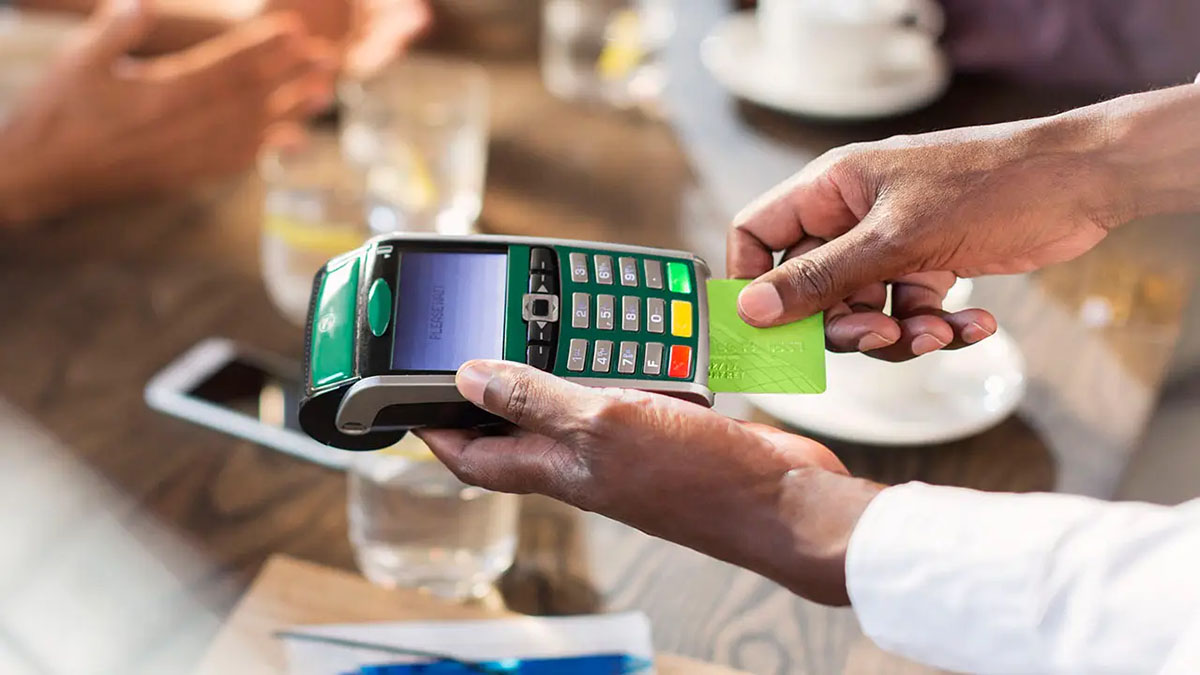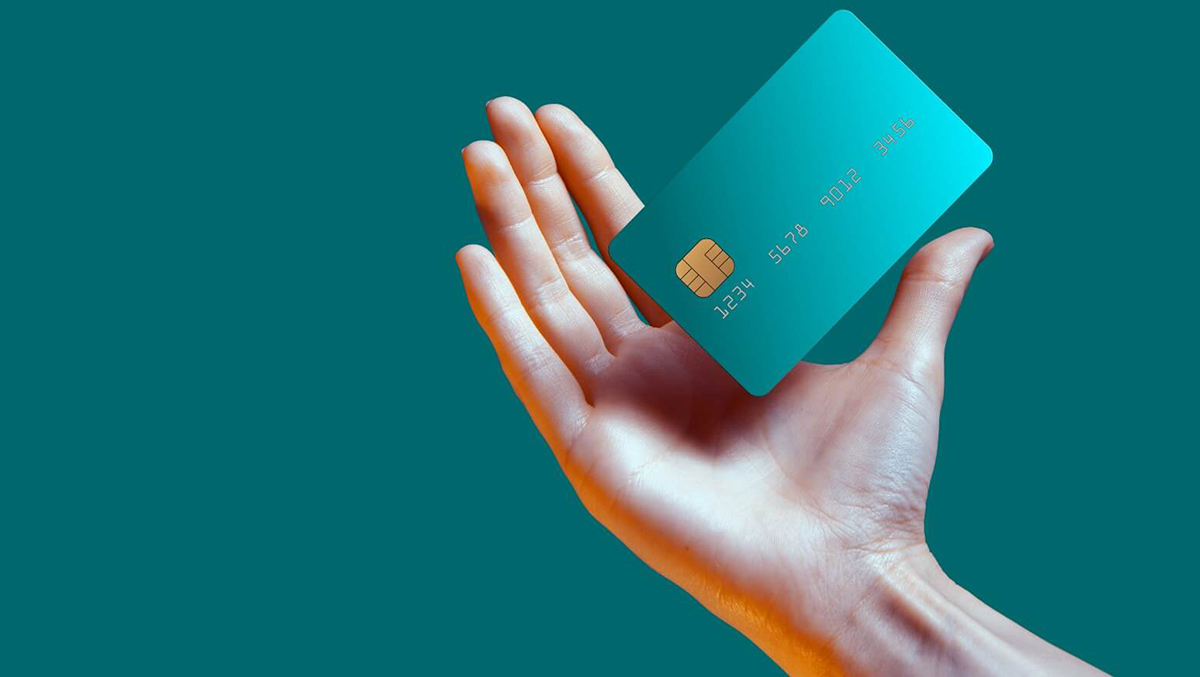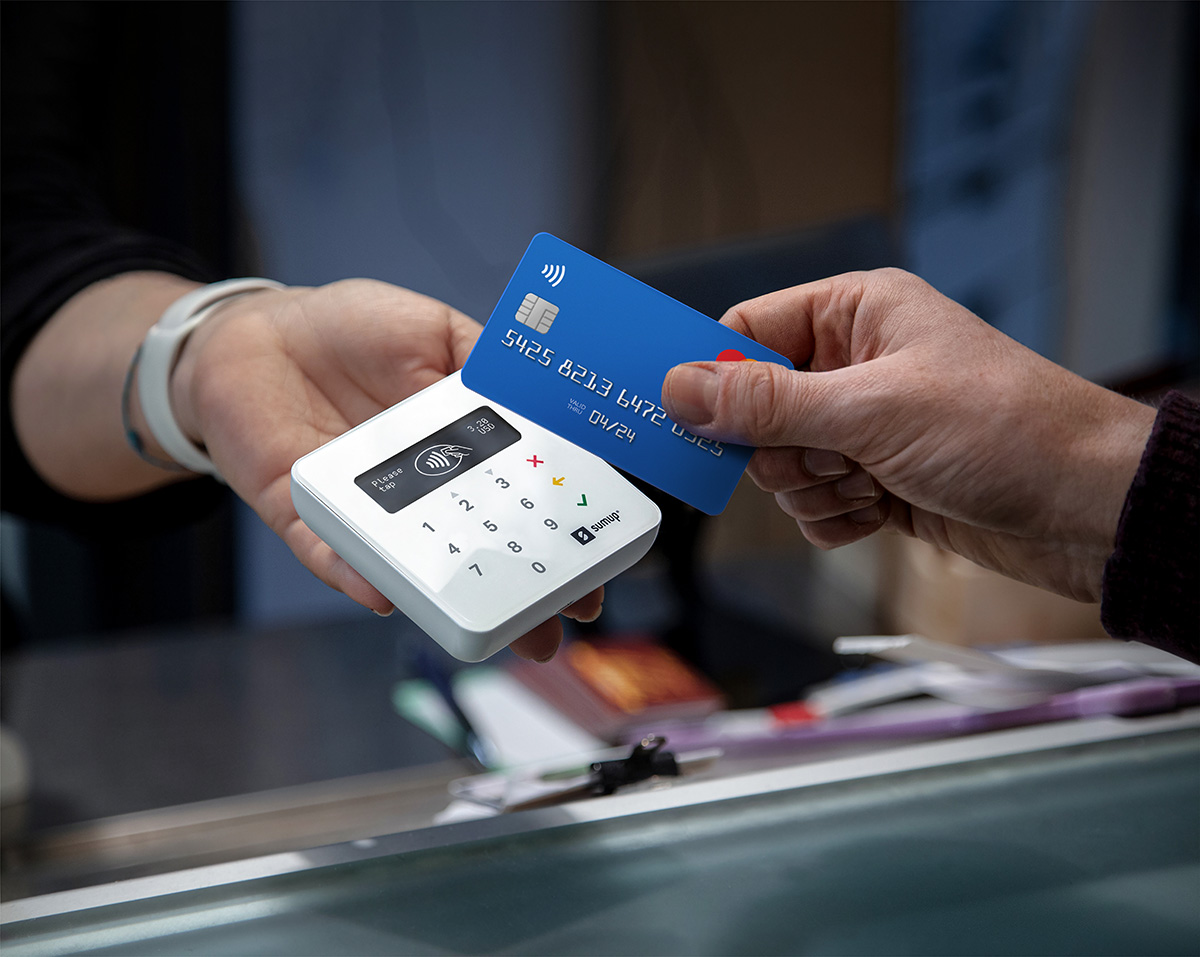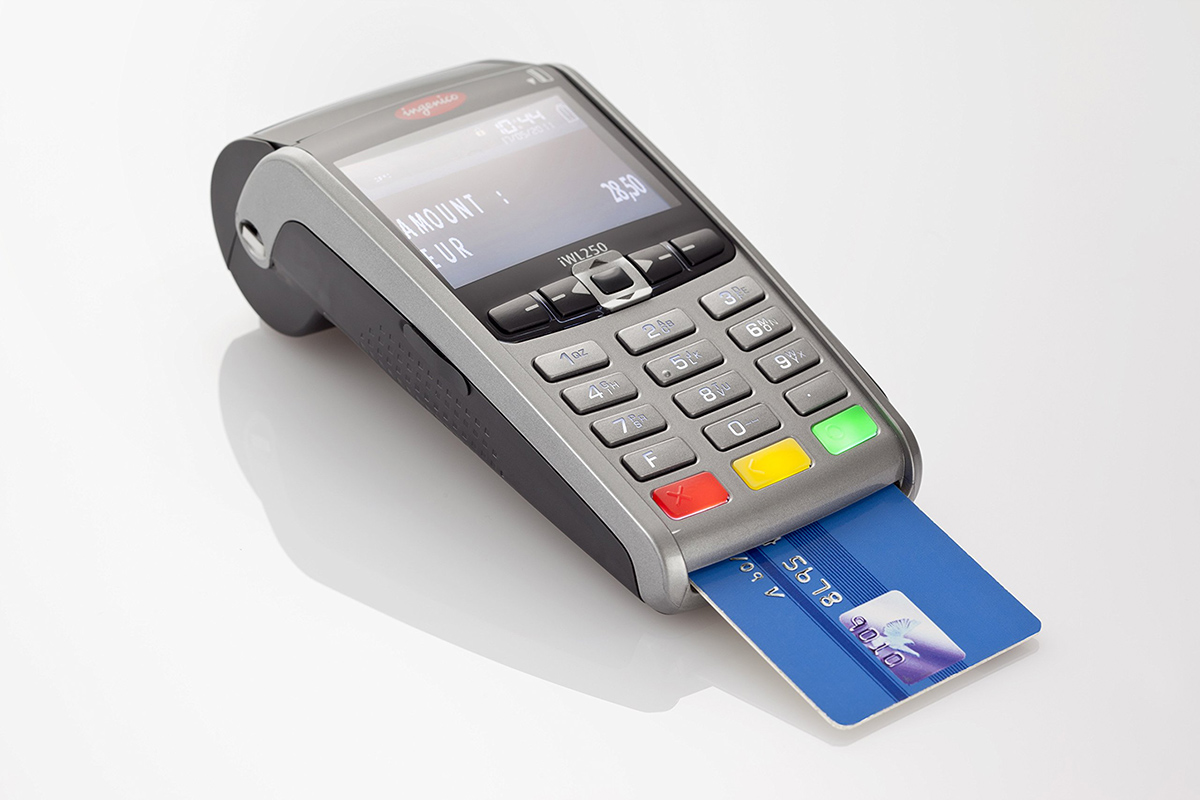Home>Finance>Magnetic Stripe Card: Definition, How It Works, Vs. Chip Card
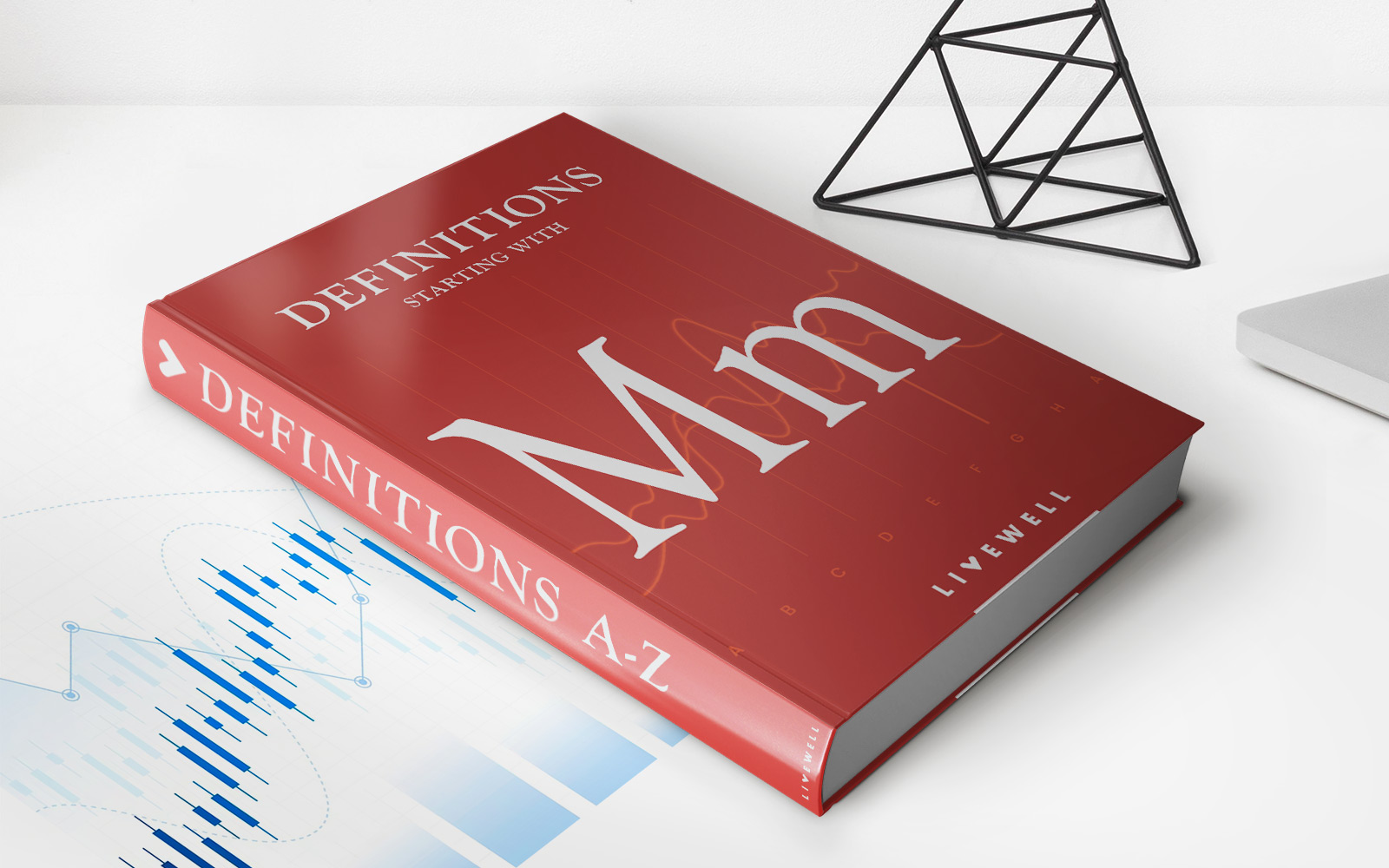

Finance
Magnetic Stripe Card: Definition, How It Works, Vs. Chip Card
Modified: December 30, 2023
Learn about magnetic stripe cards and how they work in finance. Understand the difference between magnetic stripe cards and chip cards to make informed financial decisions.
(Many of the links in this article redirect to a specific reviewed product. Your purchase of these products through affiliate links helps to generate commission for LiveWell, at no extra cost. Learn more)
Magnetic Stripe Card: Definition, How It Works, vs. Chip Card
Are you curious about the world of finance and payment methods? Have you ever wondered how those little cards in your wallet work? If so, you’ve landed on the right page! In this article, we will dive into the fascinating topic of magnetic stripe cards. We’ll explore what they are, how they work, and how they compare to chip cards. So, let’s get started!
Key Takeaways:
- Magnetic stripe cards use a strip of magnetic material to store and transmit data, making them widely used for payment transactions.
- Chip cards have now become the standard due to their enhanced security features and decreased vulnerability to fraud.
What is a Magnetic Stripe Card?
A magnetic stripe card, also known as a magstripe card, is a type of payment card that uses a magnetic stripe to store data. It was one of the earliest methods of electronically storing and transmitting information. You’ve probably seen magnetic stripe cards in the form of credit cards, debit cards, and even identification cards.
The magnetic stripe on the back of the card contains tiny iron-based particles embedded in a plastic-like material. These particles are magnetized in a specific pattern to represent the data encoded on the card. The data could include information such as the cardholder’s name, account number, expiration date, and more.
How Does a Magnetic Stripe Card Work?
When you swipe a magnetic stripe card through a card reader, the information from the magnetic stripe is read by the reader’s magnetic head. The magnetic head detects the changes in the magnetic fields created by the particles on the stripe, converting them into binary data that the card reader can understand.
Once the data is extracted, it can be transmitted to the payment processor or the bank for verification and authorization. The magnetic stripe card relies on the physical contact between the card and the reader, making it susceptible to wear and tear, as well as fraud attempts such as skimming, where unauthorized devices capture the card’s information during a swipe.
Magnetic Stripe Card vs. Chip Card
Nowadays, magnetic stripe cards have been largely replaced by chip cards, also known as EMV cards. The migration to chip cards was driven by the need for stronger security measures to combat fraud.
Here’s how a magnetic stripe card compares to its chip card counterpart:
- Security: Magnetic stripe cards have limited security features and are vulnerable to fraud techniques like skimming. In comparison, chip cards contain an embedded microchip that generates unique codes for each transaction, making it significantly more secure.
- Acceptance: While magnetic stripe cards are still accepted at many locations, chip cards have become the global standard for payments due to their enhanced security.
- Transition: As magnetic stripe technology becomes outdated, many financial institutions and merchants have made the switch to chip-enabled terminals, resulting in limited support for magnetic stripe cards.
As you can see, the rise of chip cards has revolutionized payment security and reduced the likelihood of fraud. Although magnetic stripe cards were once prevalent, their usage is diminishing as chip technology rises to the forefront.
In Conclusion
Now you have a better understanding of magnetic stripe cards, how they work, and their comparison to chip cards. While magnetic stripe technology has served us well in the past, the evolution of chip cards has introduced heightened security measures that protect against fraudulent activities. So, the next time you reach for your payment card, take a moment to appreciate the technological advancements that have shaped the world of finance.
